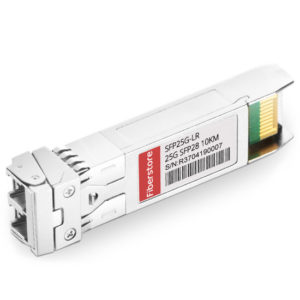- SFP = 4.25Gb
- SFP28 = 25Gb
- SFP+ = 10Gb


Global server load balancing (GSLB) refers to the intelligent distribution of traffic across server resources located in multiple geographies. The servers can be on premises in a company’s own data centers, or hosted in a private cloud or the public cloud.
GSLB monitors the health and responsiveness of each site, and like Server Load Balancing, directs traffic to the site with the best response times.
GSLB include the following services:
• Traffic routing of client traffic to most appropriate data center site
• Monitoring of the health, availability and loading for each data center
• Redirect client traffic away from a failed or unhealthy site
• Calculate client geographical locations to direct traffic for optimal site selection
• Control and optimize multi-site data center deployments with management policies
• Deliver SLA expectations to customers
• Meet regulatory requirements for countries with specific in-country restrictions
• Provide customized content specific for countries, regions or languages